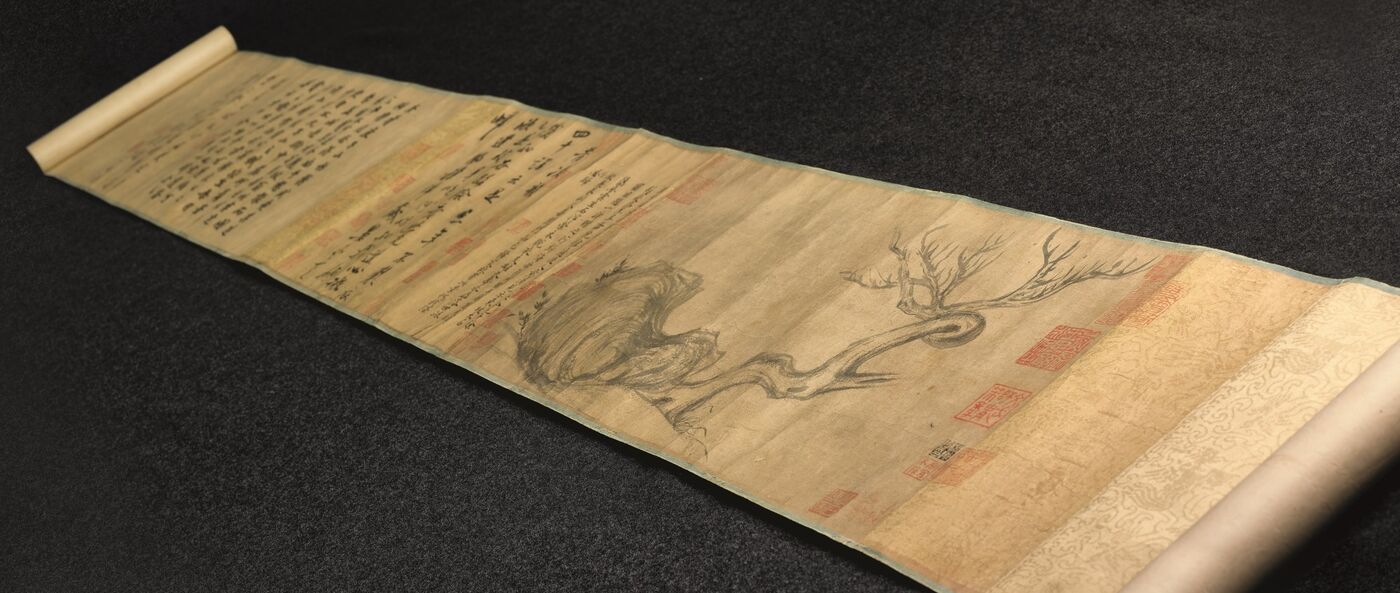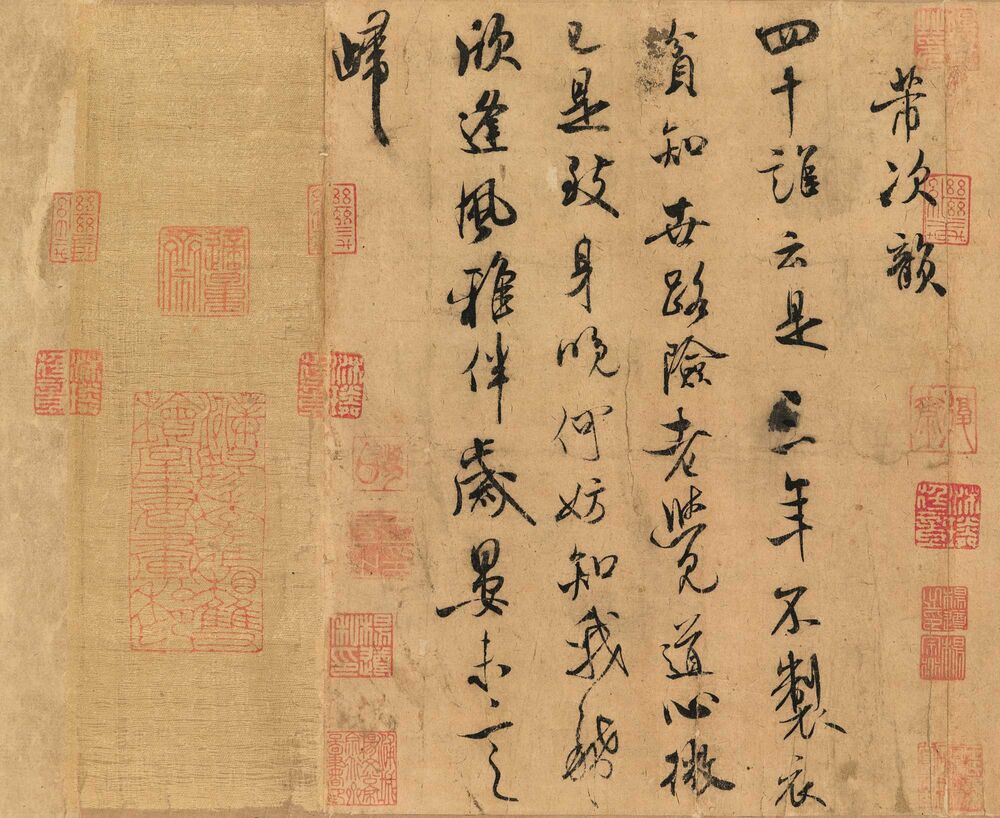Source: Bloomberg (8/30/18)
Rare Chinese ‘Da Vinci’ Scroll May Set Asian Art Auction Record
By Frederik Balfour
-
One of only two works by 11th-century artist known to exist
-
Christie’s values ancient Su Shi scroll at $50 million-plus

Wood & Rock by Su Shi Source: Christie’s Images Ltd.
An extremely rare, 11th-century Chinese scroll could set an auction price record for an Asian artwork, when it goes on the block at Christie’s November Hong Kong sale.
Estimated in excess of HK$400 million ($51 million), the work is only one of two known scrolls produced by Song dynasty artist Su Shi, and the first to ever appear at auction, Christie’s said. The other resides in the National Palace Museum in Taiwan.
“This is simply the best Chinese painting you could possibly get,” said Jonathan Stone, co-chairman of Christie’s Asian Art department, who likened the piece’s significance and rarity to that of “Salvator Mundi” by Leonardo Da Vinci. “In the purely market sense, there is comparability.”
Su Shi, a household name in China, was an 11th-century scholar, statesman, poet, writer, calligrapher and artist, whose painting style has influenced virtually every Chinese painter ever since, according to Kim Yu, Christie’s international senior specialist of Chinese paintings.
He began an “aesthetic revolution” that departed from the highly detailed and meticulous academic Song dynasty works, which required months to complete. Su Shi’s “Wood and Rock” is a simple and spontaneous work created for the artist’s personal pleasure and painted in one sitting, Yu said.
Measuring nearly 11 inches high, and almost 20 inches wide, the original ink-on-paper work depicts a gnarled, leafless tree and a rock behind from which a few young bamboo shoots emerge.
Renaissance Man
Between the 11th and 16th century, four “colophons,” or commentaries by famous calligraphers were added to the scroll, which now is more than six feet long. The scroll also contains 41 collector’s seals which provide an unimpeachable record of its ownership provenance.
Like Da Vinci, Su Shi was a “renaissance man,” though long before the Western concept came into existence several centuries later, Stone said. “I like to think of Leonardo as a Western Su Shi, rather than Su Shi as a Chinese Leonardo. We shouldn’t look at things through an Atlantic lens,” he said.

Wood & Rock by Su Shi. Source: Christie’s Images Ltd.
The present owner is a Japanese family that acquired it from a Chinese dealer in 1937. They contacted Christie’s about selling it after the success of a $263 million sale of Chinese artworks from the Fujita Museum it held in New York in March 2017.
The record for an Asian work of art at auction was set in 2010 in Beijing for a handscroll sold at Poly International Auction Co. for $64 million, including buyers premium added to the hammer price. The Christie’s HK$400 million estimate does not include the premium.